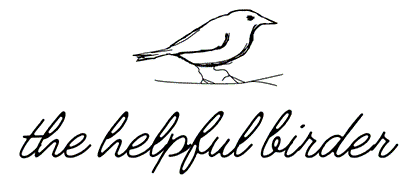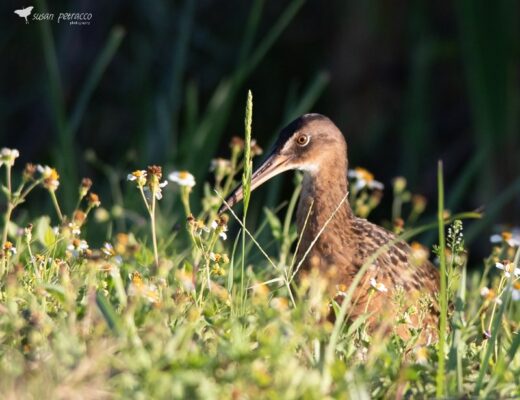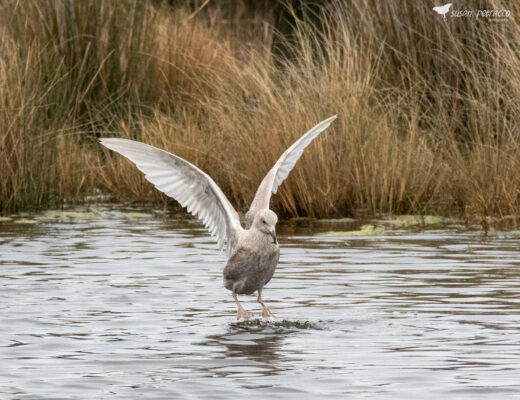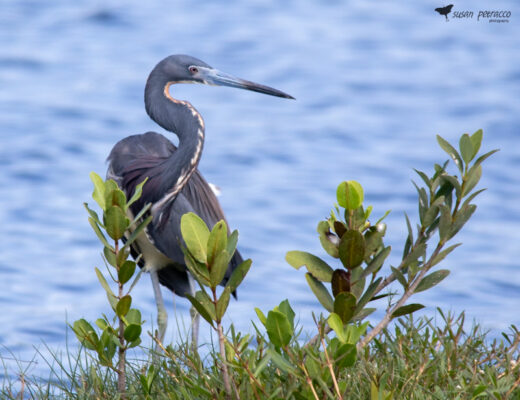The Helen and Allan Cruickshank Sanctuary is located on Barnes Boulevard in Rockledge, Florida. It consists of 140 acres of pine flatwoods and scrub habitat.
The biggest attraction at this location is the large number of friendly Florida Scrub-Jay resident on the property. This bird is only found in Florida, and it is listed as threatened due to habitat loss.
Florida Scrub Jays
The Florida Scrub-Jay is endemic to Florida, meaning that it’s not found anywhere else. To put this in perspective, there are only 15 species of birds endemic to the entire United States! Because the Florida Scrub-Jay is so special, birders from all over want a chance to view or photograph them.
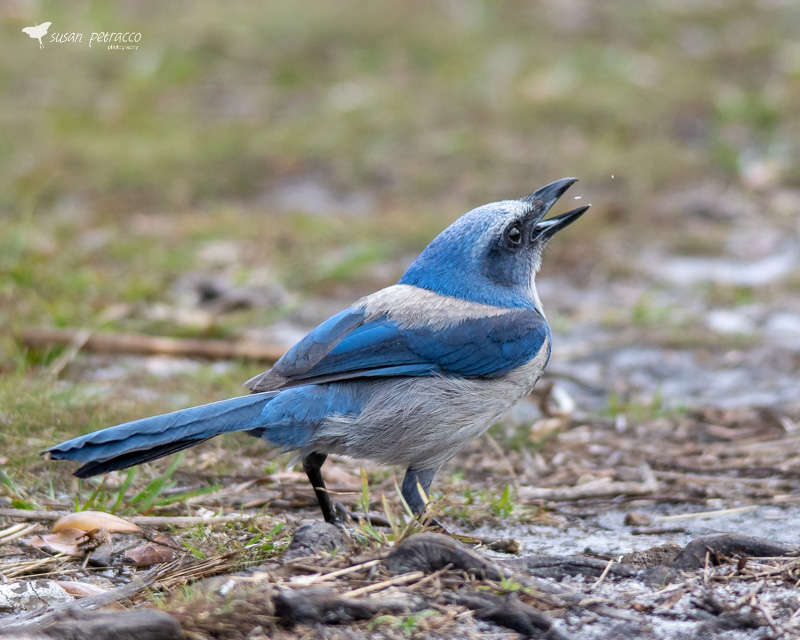
The scrub jays at Cruickshank are used to people and generally quite friendly. There are a very important for interacting with Florida Scrub-Jays, at Cruickshank or elsewhere. It is this:
Do not feed the scrub jays!
Feeding them is illegal and had for their health. The great news is that you don’t need to feed them to draw them in. Just find a group of them, stand still, and hold up your hand and there’s a decent chance one will fly over and land on you. They also like to land on your head, so you might want to wear a hat.
Hiking the Trail
There is a dirt hiking trail that winds around the western side of the Cruickshank sanctuary. At the parking lot off Barnes Boulevard, there’s a map showing the trail. It’s just over a mile long, and a very easy hike. There are no hills, and no water to cross except a small wet area where there is a bridge.
However, you will want to be careful of roots. There are lots of them and they can trip you if you aren’t careful. Especially if you’re looking at birds instead of looking where you’re going!
There is also a platform at the northeast corner of the loop. It’s not very tall, but it’s a great place to sit and rest and maybe get a slightly higher view of the property. While you’re there, you can also walk just a bit further north to where the wooden fence is. That’s the border of the property with the Chelsea Park subdivision. The other side of the fence has a lot more pine trees and can be a great place to see woodpeckers year around, and in the winter, sparrows and warblers.
Prescribed Burns
If Cruickshank has recently undergone a prescribed burn, you may notice shorter vegetation and black, burned tree trunks. This is a good thing. Without prescribed burns, this property’s ecosystem would change. The scrub would turn into forest, and it would no longer support the scrub jays.
For more information on how fire helps ecosystems, I recommend the article Restoring Fire to Native Landscapes.
Off the Main Trail
There are also “trails” (I use that term lightly) that head east and aren’t marked on the map. I have walked there myself but I don’t do it often and never alone. I have been told there are sometimes homeless people in there, and I know there are coyotes! So I never go back there unless I’m with at least one other experienced hiker. I say this to warn you to take the same precautions.
Bird Species You May See
At first, Cruickshank may seem like a place you only go to see scrub-jays. After all, that’s what it’s known for, and they’re definitely the most obvious. Especially when they’re in the mood to visit with humans! But Cruickshank is home to many more birds.
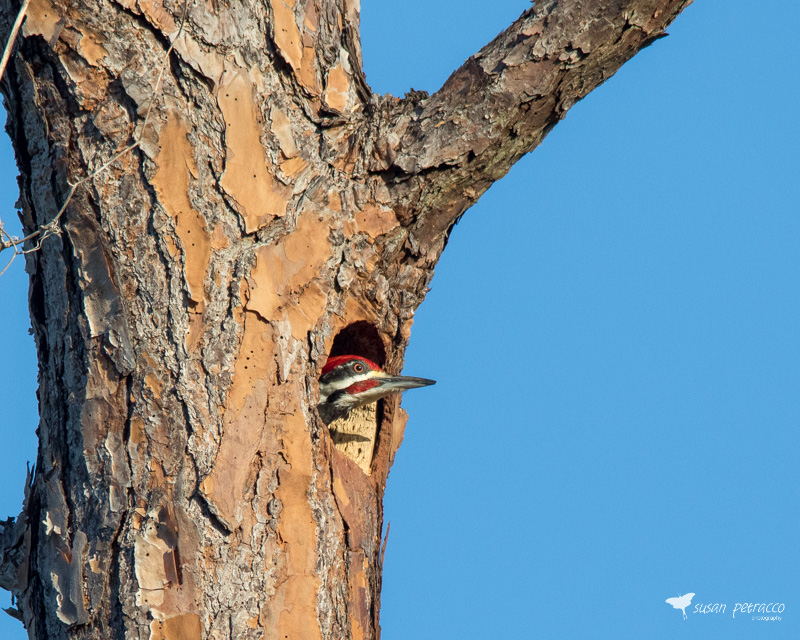
While you’re hiking around, keep an eye out for Wood Ducks. There used to be two mating pairs of wood ducks, but the most recent burn destroyed one of their favorite trees. Since they, I have seen one pair but not both. They do tend to be up high in the trees, even though they’re ducks. That’s something fairly unique about wood ducks, and I assume that’s how they got their name. They even nest in dead trees.
Woodpeckers are fairly common. On any given day there’s a great chance you’ll see a Red-Bellied Woodpecker or two. Other species I see there regularly include Pileated Woodpeckers, Downy Woodpeckers, and Yellow-shafted Northern Flickers.
Near the “crossroads” of the trail, there’s a flock of Eastern Towhees that hangs out. I hear them much more often than I see them, so learning what they sound like before you go can be helpful. But I have seen them on a handful of occasions.
I used to regularly see northern bobwhite on the property, but I haven’t seen or heard them in at least a year. They aren’t migratory, so I hope it’s only a coincidence.
If you look up in the sky, you’ll likely see raptors, including Osprey, Red-shouldered Hawks, Turkey Vultures, and maybe a Bald Eagle. There are sometimes Cooper’s Hawks in the sanctuary, and there’s a red-tailed hawk that hangs out on the power lines closer to the railroad tracks. (See warning above in “off the main trail” section.)
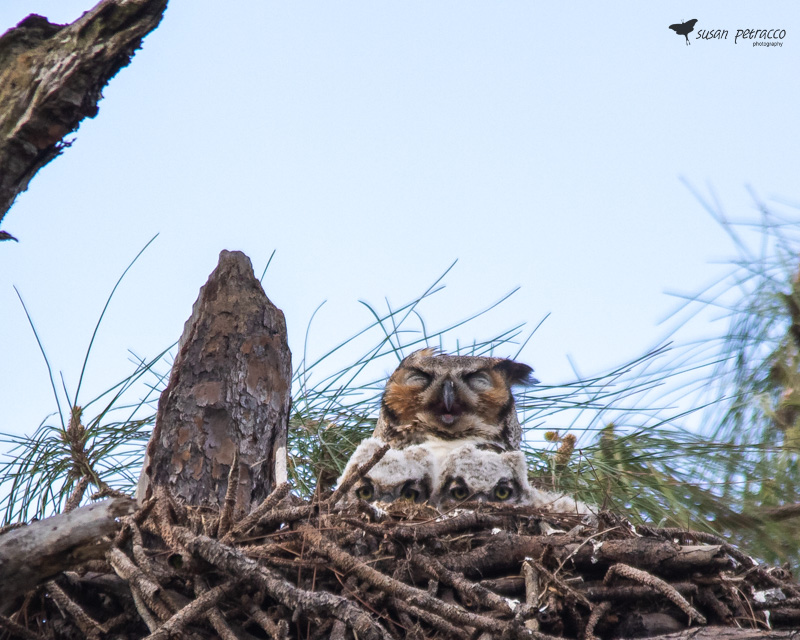
In the spring, both Osprey and Great Horned Owls usually nest on the western side of Cruickshank. Keep an eye on all of the osprey nests – they’re pretty easy to see. Great Horned Owls reuse nests from other species, so you could see either one in the Osprey nests.
Of course, you’ll often see common birds like Blue-gray Gnatcatchers, Northern Cardinals, and Northern Mockingbirds, too. And during winter there are resident Gray Catbirds and Yellow-Rumped Warblers. You can also find birds migrating through – I have seen Cedar Waxwings, American Robins, Chipping Sparrows, and American Redstarts.
There are also lots of eastern cottontail rabbits and gopher tortoises around. I also once saw some kind of mouse, and I’ve come across red rat snakes (aka corn snakes) a couple of times.
Responsibility
If you visit, please remember not to feed the birds, don’t litter, and don’t bring your pets.
